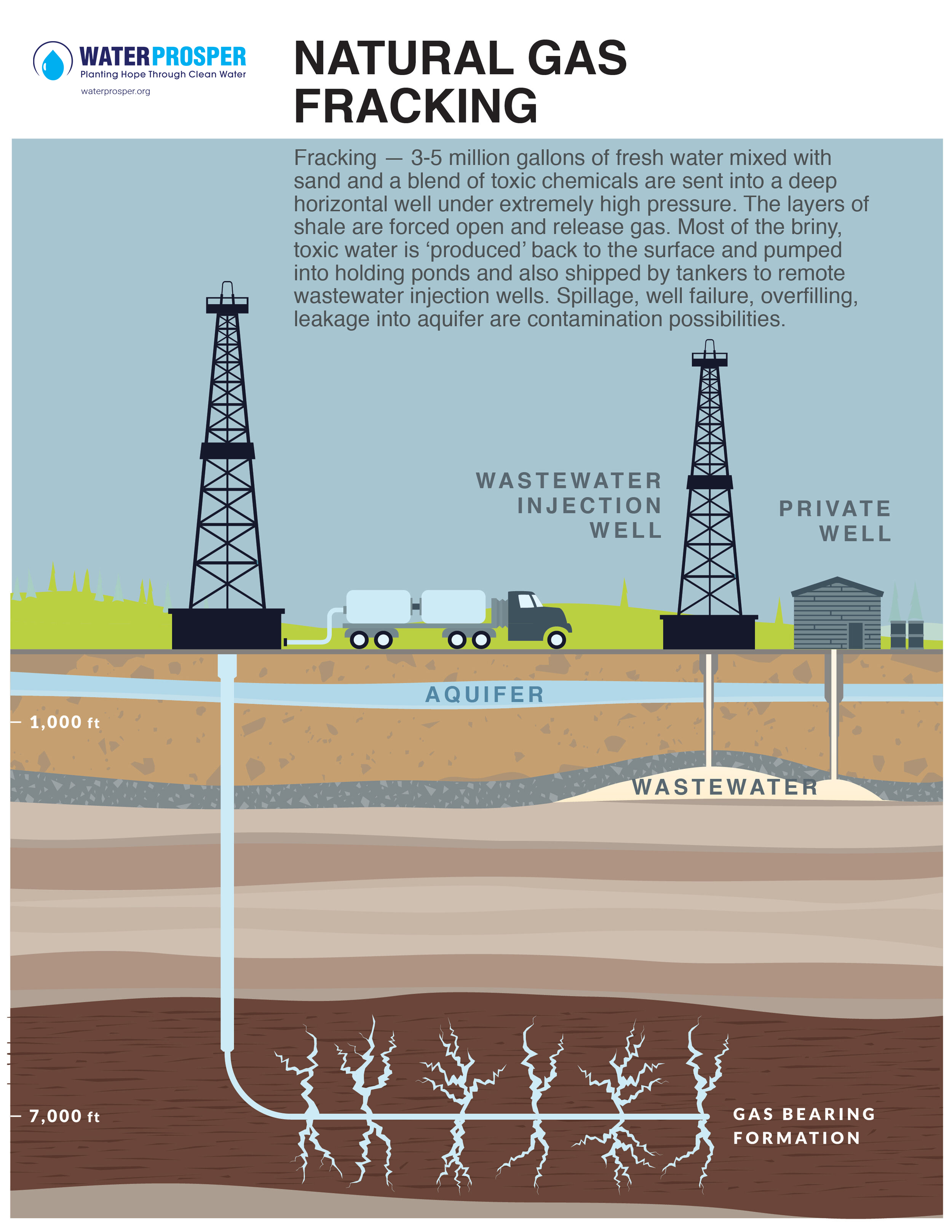Natural Gas Fracking
The Unknown Toll on Human Health
Often referred to as the “bridge fuel” that will aid in the country’s energy transition from coal to renewable sources like wind and solar, natural gas now fuels nearly forty percent of the country’s electricity generation and that figure continues to grow. Cheap natural gas use has soared in recent years, but so too has the controversy surrounding the environmental, public health, and social impacts of how the fuel is obtained, transported, stored, and used.
The Marcellus Shale formation, located in Appalachia, holds one of the largest natural gas deposits in the world. In 2011, MIT and the United States Geological Survey calculated that the field contained 84 trillion cubic feet of recoverable gas or the rough equivalent of 13 billion barrels of oil. At the expected rate of recoverable production of 540 billion cubic feet per year, the reserves represent a supply possibly lasting 150 years. It is an extraordinary discovery, but there are costs – primarily the non-recoverable cost of contaminating billions of gallons of freshwater used annually during the recovery process known as fracking. The other cost is the unknown toll on human health.

Since 2007 U.S. shale-gas production has increased 700 percent. Some 45,000 fracked wells now produce 40 percent of U.S. natural gas. The average freshwater usage to drill each horizontal (or directional) well is as much as 5-10 million gallons.
The Harmful Extraction of Natural Gas
Mixed with the water are ‘proprietary’ compounds comprised of an assortment of more than 1,000 chemicals including acids, hydrocarbons, and petroleum distillates. While each drilling company’s formula is a closely guarded secret, some mixtures include known carcinogens. In West Virginia alone, EPA reported that 277 sites used 1.4 BILLION gallons of fresh water during extraction activities in 2010-2011. A small percentage was recycled water.
The extraction of this natural gas involves large tracts of land, heavy equipment, and an extensive array of pipelines, compressor stations, and processing facilities. The level of surface disturbance is extensive, as the well pad itself can be as large as 4-6 acres, accommodating a fleet of trucks, numerous generators, containers of sand and chemicals, wastewater impoundments for drilling fluid waste, and the fracking apparatus itself.
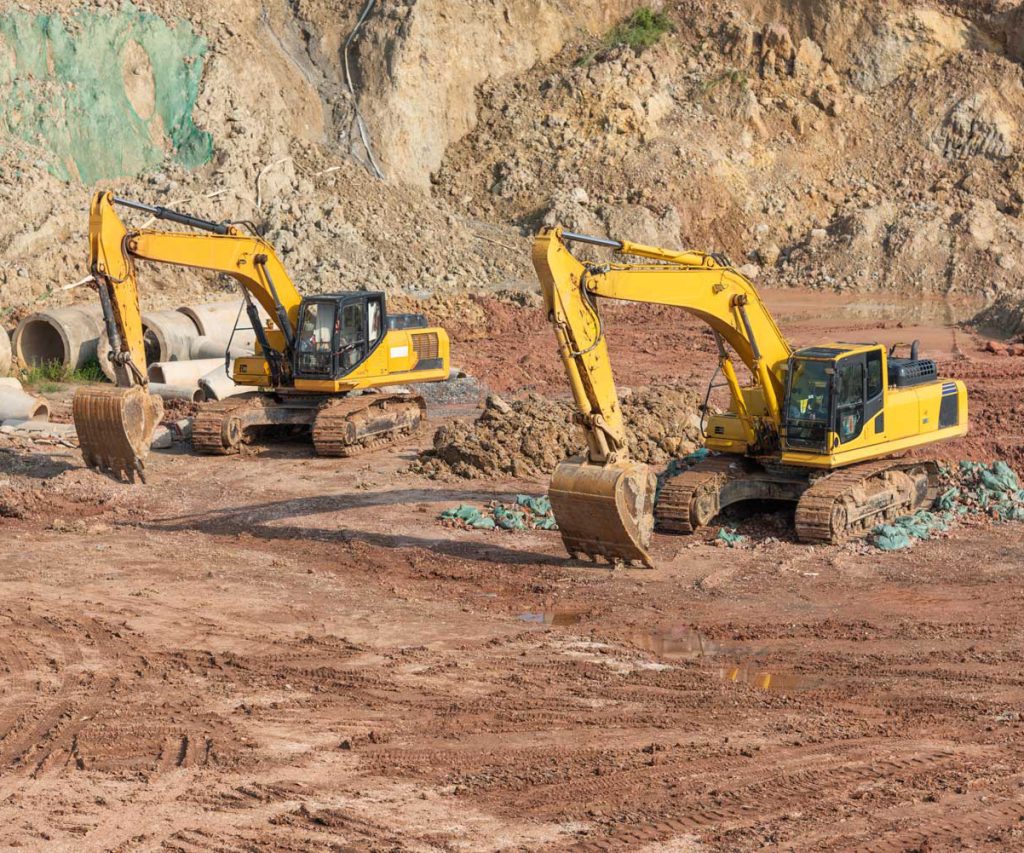
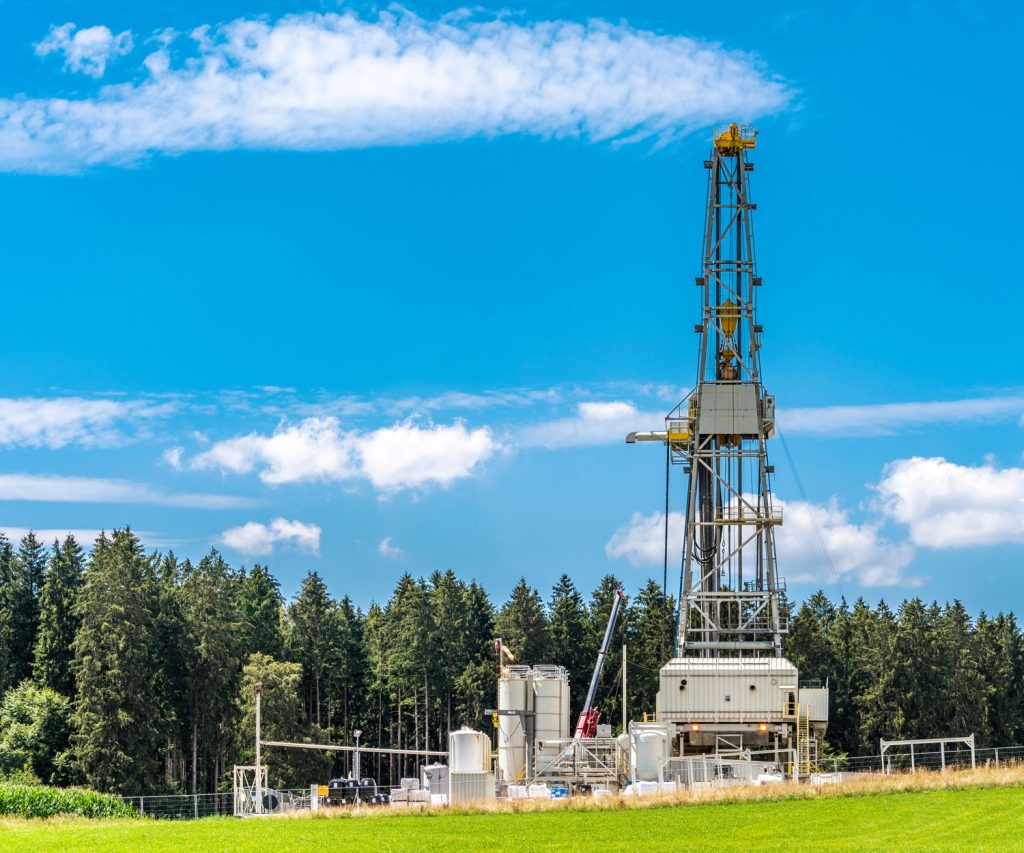
A Process That Has Lasting Effects
A well pad may have 6-12 well heads. Each well produces approximately 1,000 tons of drilling waste (ground-up rock and drilling mud) that may contain a variety of salts, heavy metals, and naturally occurring radioactive material (NORM). Most of this radioactive drilling waste is exempt from federal or state guidelines and transported to landfills.
During the fracking process, a vertical well is drilled into the shale formation at a depth of at least 3000 feet. The pipe is then directed horizontally along the formation for a distance of up to several thousand feet in any direction.
During the initial fracturing at a well site, the highly pressurized injection of the drilling fluids ‘explodes’ within the pipeline, perforating it, fracturing the shale, and thereby releasing the natural gas. The sand within the fracturing compound serves to keep the shale formation ’cracks’ open as the released gas makes its way to the surface through the well casing. The violent fracturing ‘detonations’ result in seismic events sometimes rattling windows and cracking foundations of nearby homes. Air quality near these sites can be degraded by enormous amounts of particulates exhausted from the many generators. It is possible that these discharges contribute to chronic respiratory issues.
An estimated 30% of the 5-10 million gallons injected into the wells is ‘produced’ back to the surface where a small percentage is reused. The remainder is pumped into impoundment ponds near the well site and eventually transported off-site.
Toxic Waste as a By-Product
The “brine”, or fluid, that is contaminated during the fracking process, can be ten times saltier than seawater and contain high concentrations of bromide, chloride, strontium, and barium, as well as arsenic and uranium.
Tens of millions of gallons of this toxic waste are transported by tanker trucks, most moving from West Virginia and Pennsylvania to eastern Ohio where it is pumped into wastewater injection wells. The tanker trucks carrying the contaminated water are not required to identify the dangerous loads, complicating any cleanup efforts after accidents involving them. The destination repositories are permitted by the state of Ohio, but without significant oversight of accidents, spills, overfills, or seepage into groundwater sources.
This potential contamination of groundwater is of major concern for those who live near drilling operations and who rely on their private water wells. And the fear of contamination of watersheds that provide drinking water for millions of people in cities hundreds of miles away from any natural gas drills poses a significant threat as well.

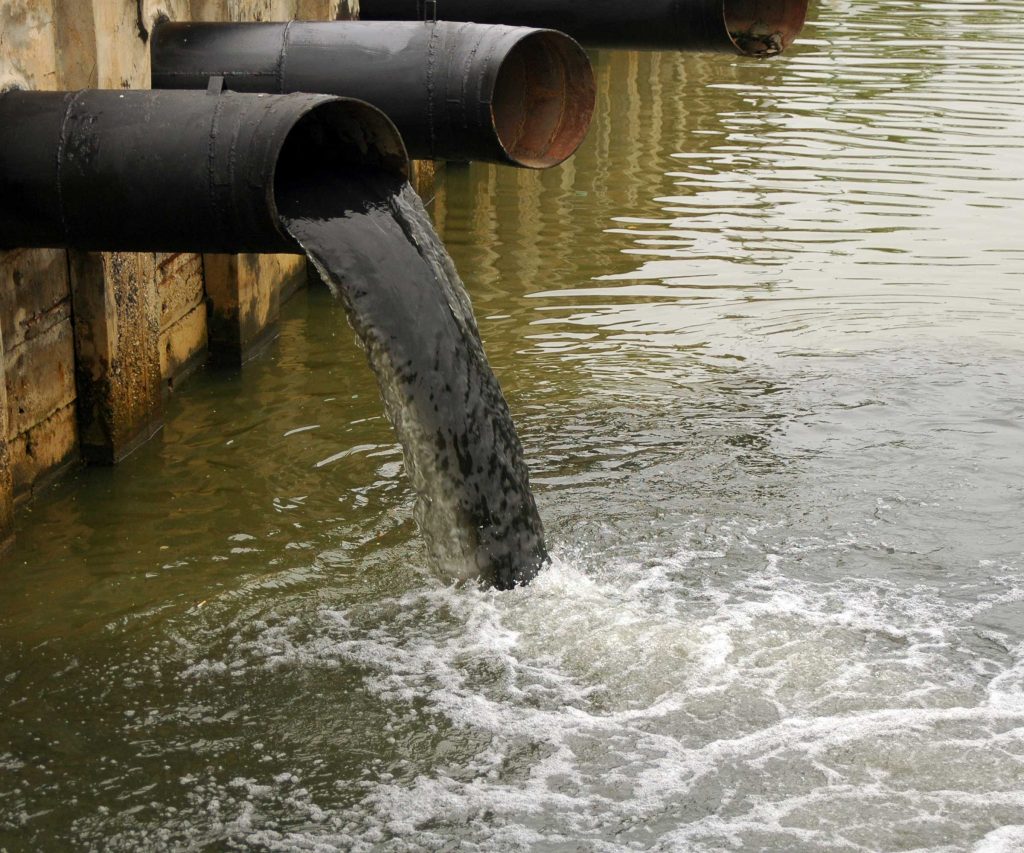
The U.S. generates nearly 21 billion barrels of this contaminated/toxic water every year and that total is expected to increase nearly 15% annually until production plateaus in 5-10 years. The cost to transport, process, clean, or inject this waste fluid is more than $25 billion, but only 10% of that revenue finds its way back to economically-strapped Appalachia.
Contaminated Groundwater Is a Major Concern
This potential contamination of groundwater is of major concern for those who live near drilling operations and who rely on their private water wells. And the fear of contamination of watersheds that provide drinking water for millions of people in cities hundreds of miles away from any natural gas drills poses a significant threat as well.
A 2016 Columbia University Lamont–Doherty Earth Observatory study in northeastern Pennsylvania found that topography and distance play a role in water quality and the level of contamination from hydraulic fracturing activity. While water sources above the drilling site showed no trends of either organics or inorganics, sources in lowlands and within a mile of the site tested higher in calcium, chlorine, sulfates, methane, sodium, and manganese.

Four Possible Contamination Issues
Assuming that most fracking occurs at depths of 3000-6000 feet, and that typical water well depths are between 100-400 feet, geochemists in the study concluded, with the same summary as a June 2015 EPA report, that the activity itself is far enough below the aquifer that contamination might not be influencing water quality to any great extent. However, the study does not rule out four possibilities:
Separate aquifers in relative proximity can be located at different depths thereby be close enough to fracking activities to invite infiltration of fracking fluids.
Drill casing integrity may allow leakage into the nearby aquifers.
Spillage of injection fluids into surrounding surfaces would contaminate streams and groundwater sources.
Gas drilling could possibly breach undocumented abandoned coal mines resulting in well casement failure.
Private Water Well Owners Should Regularly Test
Although the Columbia study, aided by scientists from the University of Pennsylvania, cites a 27% increase in cardio-related events, neurological illnesses, and skin ailments in areas near fracking sites compared to areas without any nearby fracking, there is not enough research available or for a long enough period of time to connect fracking to water contamination and health hazards. With over 10 million Americans living within a mile of a hydraulic fracturing site, and with hundreds of new sites fracked annually, the math supports the possibility of contamination and warrants that private water well owners regularly test their water and have the proper filtering systems installed as a safeguard.
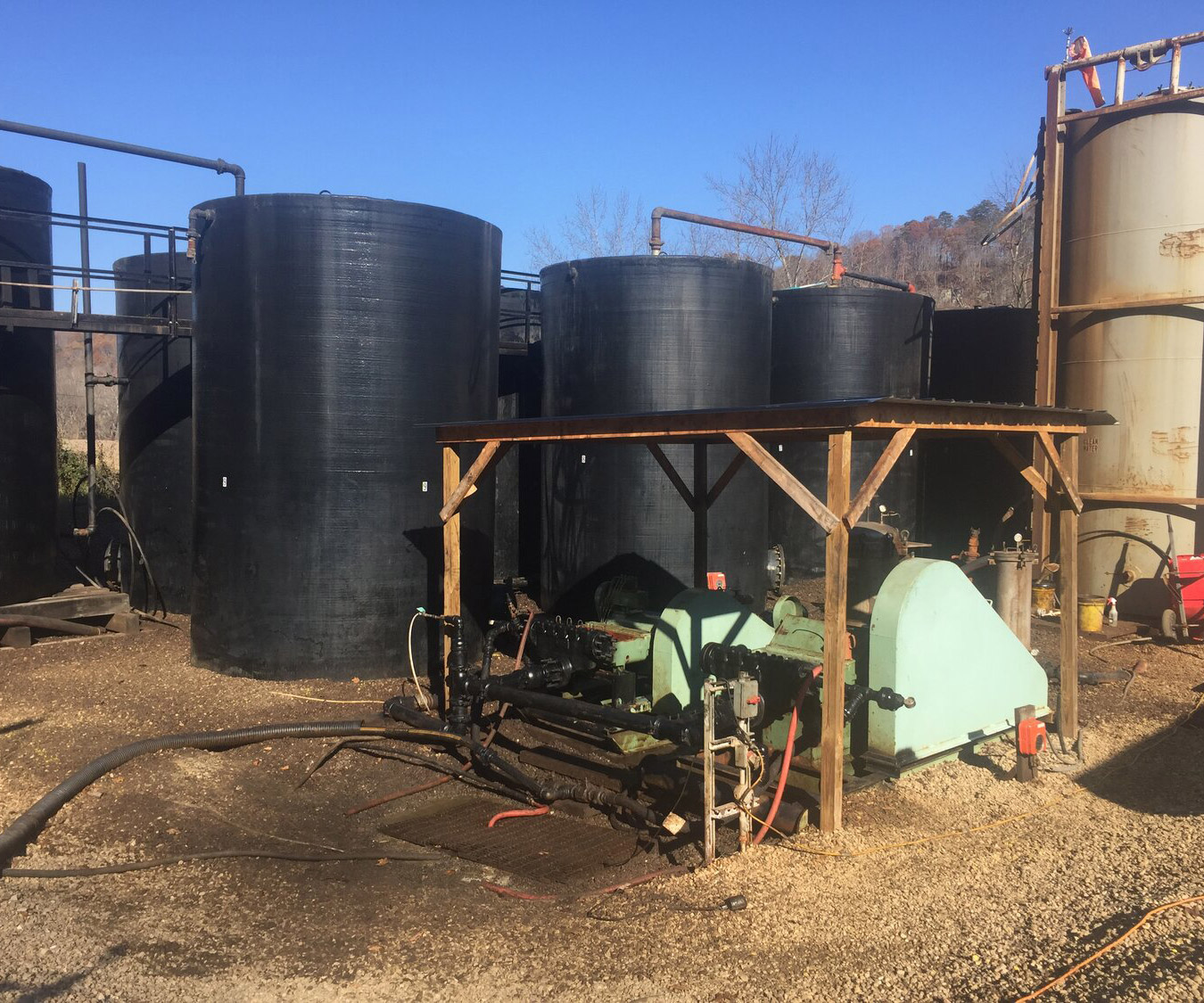

Water Issues Testing With Wastewater
Furthermore, the 2015 EPA study identified 692 ingredients when testing the wastewater of drill sites located in Appalachia and elsewhere, and, within that total, the study identified 134 contaminants that included organics, inorganics, and radioactive materials, many of which are carcinogenic at very low concentrations. Included in the findings were such substances as benzene, ethylbenzene, toluene, boric acid, monoethanolamine, xylene, diesel-range organics, methanol, formaldehyde, hydrochloric acid, ammonium bisulfite, 2-butoxyethanol, and 5-chloro-2-methyl-4-isothiazotin-3-one. Among the inorganics tainting this produced wastewater are sulfates, barium, calcium, iron, manganese, strontium, arsenic, and released naturally occurring radioactive materials.
Possible Contamination for Millions of People in Cities
In the case of organics, they are particularly culpable in remaining as sediment in the soil and water for long periods of time, thereby increasing the likelihood of accumulating in the body and resulting in “…potential for carcinogenesis, immune system effects, changes in body weight, changes in blood chemistry, pulmonary toxicity, neurotoxicity, liver and kidney toxicity, and reproductive and developmental toxicity.” (EPA, Assessment of Potential Impacts of Hydraulic Fracturing for Oil and Gas on Drinking Water Resources”, Executive Summary, June 2010).
While research is scant on the extent of the contamination and its health effects on those ingesting water near the sites, possible contamination of watersheds that provide drinking water for millions of people in cities hundreds of miles away from any natural gas drills poses a significant threat as well.

